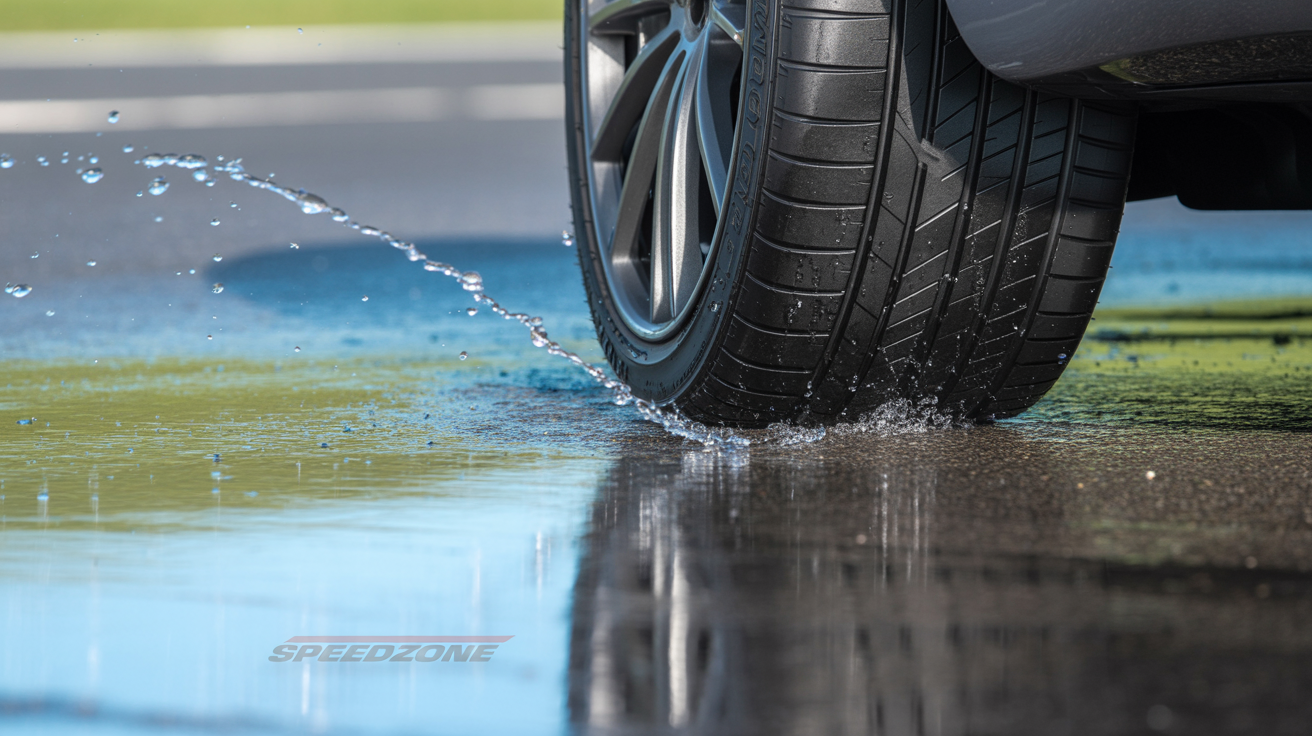By on
By refining its virtual sensor technology for more in-depth analyses of a vehicle’s performance on the road and collecting data from existing vehicle components, Tactile says its software can determine road conditions and adjust the vehicle’s systems to match.
The software would be placed in vehicle ECUs and collect existing signals in the chassis, like wheel speed, storage, and inertial management unit (IMU), according to Boaz Mizrachi, the company’s chief technology officer and co-founder.
“Out of that, [we are] deriving insights about the road and insights about the vehicle and the combination between the two,” he said. “Those insights we call the virtual sensors. It’s a sensor, but it’s virtual because it’s software-implemented. For example, most of the vehicles today don’t have a weight sensor, but if you are running sophisticated equations — some machine learning, some signal processing — on top of the existing signals, then you can derive the current weight of the vehicle out of the performance of the vehicle, like energy consumption and the work done, et cetera.”
Tactile is also developing what can be compared to an airplane “black box” for vehicles, which keeps track of data within a certain window of time.
“If God forbid there is an accident, you have these recordings there which you can analyze and see what happens,” Mizrachi said. “It’s not just the speed vector or did you brake or not, which the police look at, but all the parameters of the suspension, tires, braking, grip, and the parameters of the surface that led to the point of time where there was a crash.”
Mizrachi noted that for light vehicles weighing under 3.5 tons, regulations focus on gross vehicle weight rating (GVWR) design and raising driver awareness, with growing interest from fleets. However, there isn’t a light vehicle mandate for onboard weight detection in the U.S. or the European Union. The National Highway Traffic Safety Administration (NHTSA) requires vehicles to meet safety standards at GVWR, but not beyond, he said.
According to Mizrachi, in the U.S., tire and loading placards inform drivers of weight limits. Some fleets use optional onboard weight or software-based estimation, but he said that’s not regulated.
For heavy vehicles, the shift toward mandatory onboard detection is underway in the European Union and China — driven by safety, compliance, and data transparency, he said.
In the U.S., the Federal Motor Carrier Safety Administration (FMCSA) enforces strict weight limits via roadside checks and weigh stations. There isn’t an onboard weight mandate, but many fleets use onboard systems to comply and avoid fines.
Overweight trucks are linked to brake failures, rollovers, and infrastructure damage, according to Mizrachi.
“Tires are what’s connecting us and the car with the surface, so any parameter related to the tire is very important for efficiency and performance of the vehicle, and of course, for safety,” Mizrachi said. “Right now, the only information we get from tires is the pressure.”

Originally posted on repairerdrivennews.com



